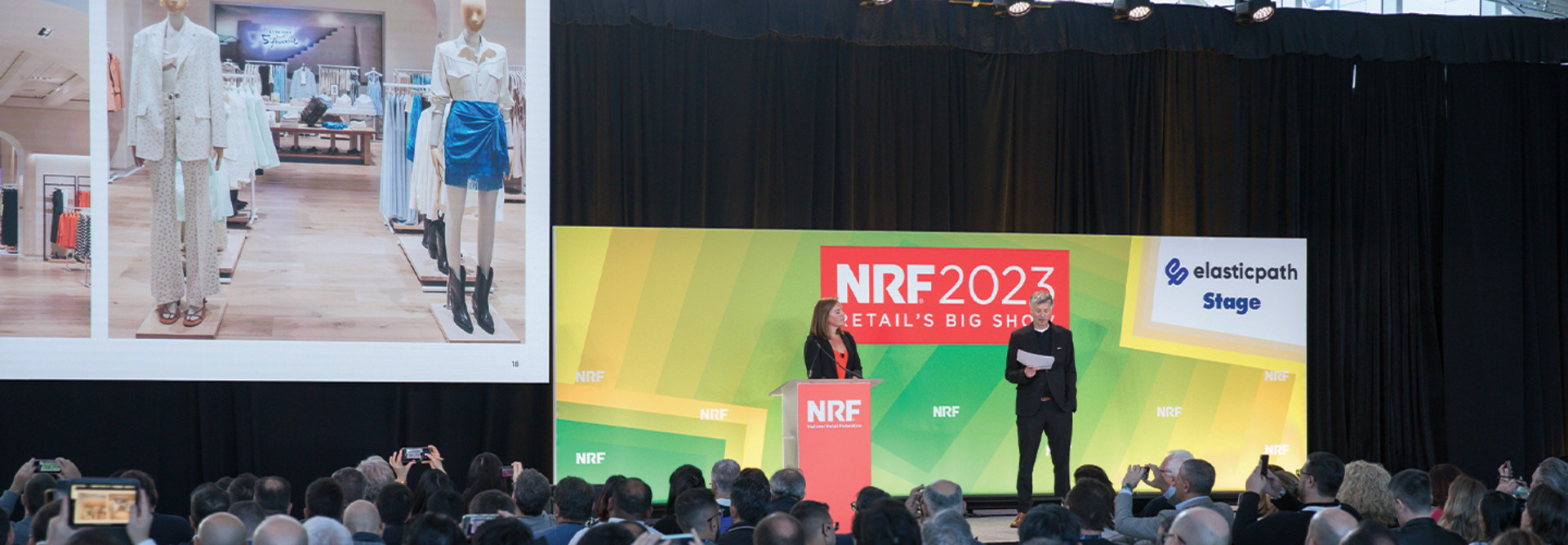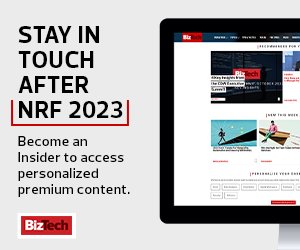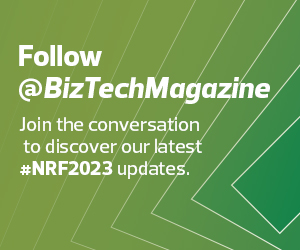The Various Forms of “Retail Shrinkage”
Loss of inventory, or retail shrinkage, can happen in the form of shoplifting, supply chain and delivery theft, fraud and even organized crime. Products can be stolen in an instant, but AI is working faster to prevent losses.
Shoplifting
According to Forbes, 37 percent of retail shrinkage stems from external theft, when an item is stolen off the shelf. “We have a sophisticated security system in place, but we’re still seeing a lot of rob-and-run cases. If you have valuable products, people will want them,” said Antoine Tessier, CTO of Louis Vuitton Moët Hennessy Americas. Shoplifters are going for “products that have high street market value, such as power tools,” noted David Shoop, senior vice president of technology, stores, corporate services, pro and services at Lowe’s Home Improvement. And even though theft increased during the pandemic and with hard economic times, “some products are just more susceptible to theft. They’re hot items,” he added.
Employee Dishonesty
Experts at NRF noted that employees are stealing cash more frequently by ringing up fake returns, improperly using employee discounts and stealing cash from point-of-sale systems. There’s also a new trend called “sweethearting,” in which an employee steals an item to give favorable treatment to a repeat customer or crush. The NRF survey explains that this typically happens through ticket or product switching: An employee scans a less expensive item while gifting a more expensive item without scanning it.
Supply Chain and Delivery Theft
On a given day, products travel through a long and elaborate supply chain, reaching three to 10 distribution centers, depending on the retailer’s size and number of stores. Often, employees and third-party delivery workers steal items while the products are in transit. And Tessier noted that delivery theft is another form of inventory loss. “Even with tracking, a lot of our deliveries are getting stolen now,” he said.
DIG DEEPER: Find out how retailers are using AI video to prevent loss at checkout.
















